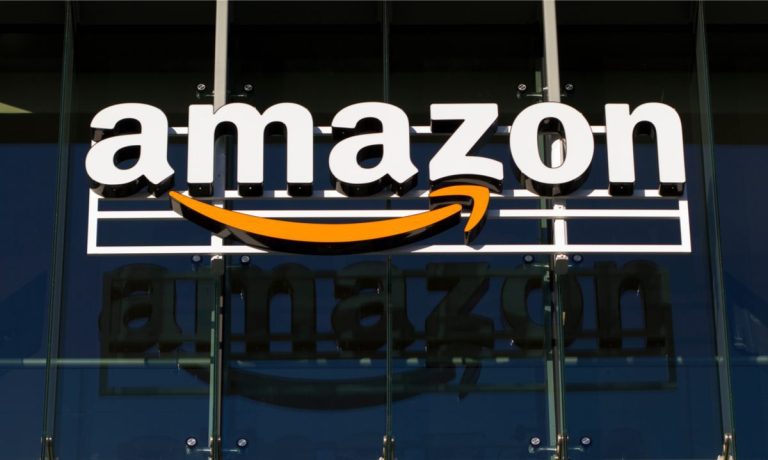
Earnings season begins anew.
Along with the deluge of reports, conference calls and Securities and Exchange Commission filings, there’s the opportunity to glean insight into where companies are headed in the months and the years ahead.
To that end, Amazon’s annual filing reveals the ways and means through which the digital economy is taking shape, beyond the confines of eCommerce.
Per CEO Andy Jassy’s introductory letter contained in the report: “In the 25 years I’ve been at Amazon, there has been constant change, much of which we’ve initiated ourselves.” Jassy noted that when he joined the company in the late 1990s, the company had $15 million in top line for 1996, and had been focused solely on selling books, shipping only to customers in the United States. No third-party marketplace was in sight.
Now, of course, Amazon’s third-party seller ecosystem accounts for 60% of the company’s unit sales. And where the company had once been focused most keenly on consumers, roughly eight years ago Amazon Business launched and now drives $35 billion in annualized gross sales. “More than six million active customers, including 96 of the global Fortune 100 companies, are enjoying Amazon Business’ one-stop shopping, real-time analytics, and broad selection on hundreds of millions of business supplies,” the company said.
Buy with Prime, as has been detailed here, along with Amazon Pay and Fulfillment by Amazon, has broadened merchant-facing offerings to include product storage, picking, packing, delivery, payment and returns. Buy with Prime, the company has reported, lifted conversion on third-party shopping sites by an average of 25% on average. The filing disclosed that third-party seller revenues grew from $80.5 billion in 2020 to $117 billion, or 22% of nearly $514 billion in consolidated net sales.
Subscription revenues stood at $35.2 billion in the most recent year, up from $25.2 billion in 2020. Healthcare beckons as a key vertical for a combination of commerce and subscription growth. Amazon Pharmacy’s recent launch of RxPass, which for a $5 per month flat fee enables Prime members to get prescription medicines, stands as an example here. As PYMNTS has reported, Amazon and Walmart have been jousting for households’ loyalty and wallet share in healthcare spend. Last year, Amazon made a $3.9 billion acquisition of One Medical, a membership-based primary healthcare provider that today operates more than 200 primary care offices across 28 U.S. metropolitan areas. Walmart, for its part, has sought to increase the number of its health centers, with 28 new locations in the first quarter of next year and more than 75 by the end of 2024.
Amazon, of course, is also competing with Walmart in grocery, which Amazon has defined as an $800 billion opportunity in the U.S. alone.
“To date, we’ve also focused on larger pack sizes, given the current cost to serve online delivery. While we’re pleased with the size and growth of our grocery business, we aspire to serve more of our customers’ grocery needs than we do today. To do so, we need a broader physical store footprint given that most of the grocery shopping still happens in physical venues,” the company said, as it seeks to “identify and build the right mass grocery format for Amazon scale.”
As for advanced technologies — and the connectivity fostered by those technologies — the company pointed to Kuiper, its project to improve and broadband access via satellites. That connectivity, the company said, would touch a number of use cases “from people taking online education courses, using financial services, starting their own businesses,” per the filing. The continued emergence and refinement of large language models and artificial intelligence (AI), the company said, will bolster the machine learning efforts that are already in place.